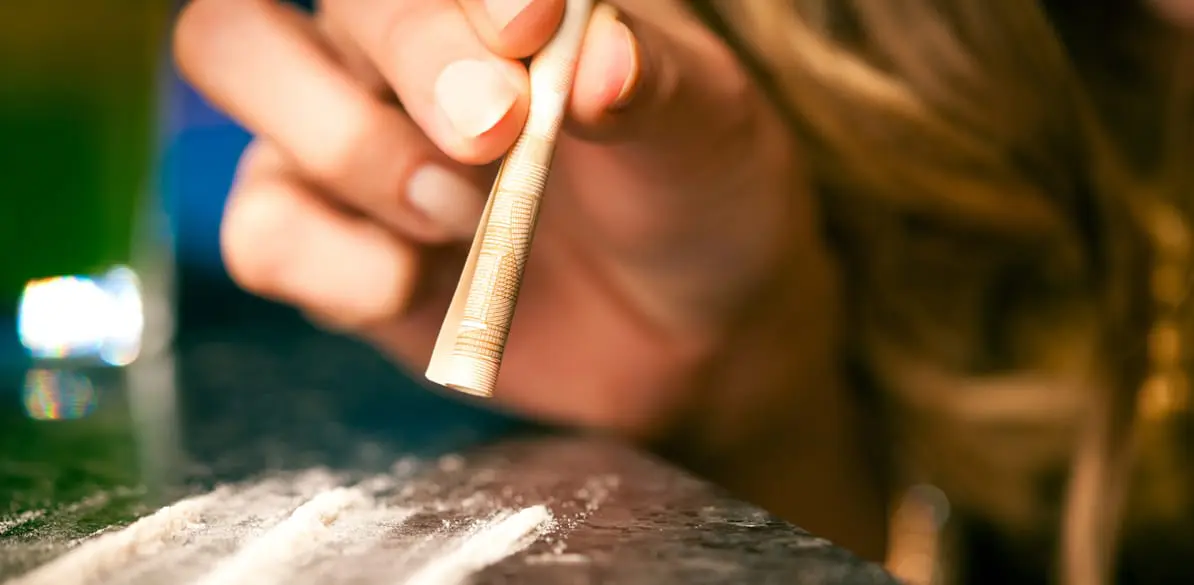Types of drugs and their impact in driving

Opiates
Acute intoxication by opiates is characterized by euphoria, myosis, somnolence, hypotension, bradycardia, and breathing with less frequency and depth.
The withdrawal syndrome causes central nervous system hyperactivity, with increased respiratory rate, yawning, tearing, sweating, rhinorrhea, tremor, mydriasis, myalgia, etc.
Heroin addicts can suffer neurological disorders such as toxic amblyopia, transverse myelitis, mononeuropathies and polyneuropathies, and Guillain-Barré syndrome.
Anxiolytics and hypnotics
The signs of progressive sedative intoxication are reduction of alertness with nystagmus, somnolence, ataxia and muttering, that can progress to confusion, deep sleep, respiratory depression and possibility of death.
Patients on high doses of depressants often have difficulties of thinking, slow speech and understanding, dysarthria, poor memory, defective judgment and reduced attention.
The effects of withdrawal are characterized by initial insomnia, restlessness, frequently awakening and daytime somnolence.
Sudden withdrawal syndrome for high doses of barbiturates or anxiolytics causes a serious condition similar to delirium tremens, and the reestablishment of the stability of the central nervous system requires around 30 days.
Benzodiazepine withdrawal syndrome includes anxiety, irritability, tremor, nausea, hypertension, tachycardia, depersonalization, hallucinations, and motor seizures.
Patients taking lower doses of benzodiazepines can show only anxiety and insomnia with drug discontinuation.
Cannabis
Cannabis produces a state of dramingion, with disturbance of the temporal, chromatic, and spatial perception.
Great difficulty occurs in the perception of depth and disorder of the sense of time, both particularly dangerous when driving.
The capacity for communication and movement is diminished during consumption of this drug.
The use of cannabis enhances the exacerbation of schizophrenic symptoms, even in patients receiving antipsychotic medication.
Cannabis substances do not cause physical dependence so it does not cause withdrawal syndrome when drug consumption is discontinued.
Cocaine
The effects differ with the route of consumption. When injected intravenously or inhaled, cocaine causes hyperstimulation, alertness, euphoria, and feeling of great power.
The toxic effects are characterized by tachycardia, mydriasis, hypertension, tingling, muscular fasciculations, visual hallucinations, insomnia, and severe nervousness.
Hallucinations and paranoid delirious ideas, and violent behavior that can become dangerous can appear. As the action of the drug is short, a sustained aggressive activity is rare.
LSD
It is a very potent hallucinogen with disorders of thinking, perception, and sensations.
The attention of the subject is hardly interiorized with a difficulty to distinguish the limits between the objects and between the individual and the environment. Consciousness of time is lost.
Tachycardia, hypertension, mydriasis, photophobia, muscle weakness, tremor, ataxia, paresthesia, dizziness and somnolence are frequent.
Synthesis drugs
They are currently very consumed for the false ideas of low toxicity, lack of risk, belief that they improve interpersonal relations and its presumed aphrodisiac effect.
The most commonly used are phentanyl-derived 3-methyl and alpha-methyl, meperidine derivatives such as MPPP or MPTP, potent neurotoxics, or ketamine hydrochloride which is a potent hallucinating.
However, the most remarkable synthesis drugs are those of amphetamine type, with over fifty varieties. They include MDA or love drug, MDMA known as ecstasy, Adam, or XTC, MDEA or Eva, and DOM or STP.
All are consumed as tablets and the consumer usually does not know the composition of what he is taking, and accordingly of its effects. The consumption of MDMA or ecstasy is increasing over others, as it is less toxic.
MDMA causes disorientation, exaggerated euphoria, mood elevation, empathy, satisfaction with ego, and visual disturbances. This situation hinders the perception of risks on driving and allows the driver for assuming a reckless behavior.
At high doses, it causes hypertension, tachycardia, blurred vision, and ataxia, and toxic doses can cause hallucinations, restlessness, anxiety, muscle rigidity, mydriasis, and even seizures and hyperdynamic vascular collapse.
Residual signs of toxicity are common and appear hours or days after the intake of synthesis amphetamines, with long-lasting fatigue, somnolence, loss of equilibrium, and headache. Lethargy can occur on the long term.
Gamma hydroxybutyrate or GHB
Known as liquid ecstasy, it is a central nervous system depressant, with anesthesia and muscle hypotonia. It can cause respiratory depression, delirium, extrapyramidal syndrome, hallucinations, headache, and tremor, and eventually coma.
Poppers
Isobutyl and amyl nitrite are coronary and hypotensive vasodilators in general, and central nervous system depressants. They are consumed by inhalation, and cause lethargy, hallucinations, and sphincters relaxation.
At toxic doses it causes headache, vomiting, diarrhea, tachycardia, and hypotension that can reach severe collapse, and methaemoglobinaemia with respiratory depression.
Advice on the types of drugs and their impact in driving
- The person taking regularly substances that reduce his ability to drive must not drive.
- Driving is not permitted in case of pharmacologically-induced disorders, such as delirium, dementia, perception disorders, psychotic disorders or others, that involve a risk for road safety.
- Patients with a history of consumption of abuse drugs, but adequately rehabilitated can drive if the medical report accredits it duly.
- In case of a history of consumption of abuse drugs, or dependence on them, driving is permitted only in the absence of drug-induced disorders, with a detailed medical report favorable to the ability of the patient to drive, and with periods of effective driving license following the physician’s criterion based on the evolution of the patient.
- The patient who stops taking abuse drugs with medical and support therapy will be evaluated for possible non-recoverable neurological or psychiatric sequels, that can continue limiting him for driving.
- If the medical report is favorable, without neurological or psychiatric handicaps, and the patient does not take drugs anymore, he can obtain again the driving license.
- The psychological and/or psychiatric report detecting personality or behavior disorders disabling for driving is important in patients treated for abuse drug dependence who show a favorable evolution, and want to drive again.
